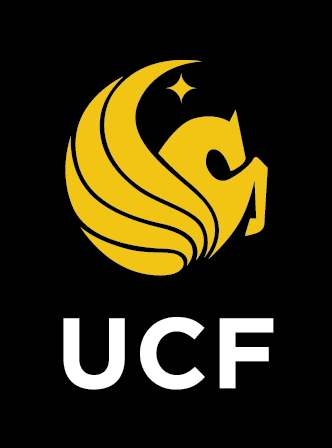Tennessee Board of Regents: Developmental Studies Redesign Initiative
Chattanooga State Technical Community College
Course Title: Basic Math, Elementary Algebra and Intermediate Algebra
Redesign Coordinator: John Squires
Status: This project was originally part of the Tennessee Board of Regents Developmental Studies Redesign Initiative, 2006 – 2009, and was not completed successfully. Subsequently, the college launched a second redesign, described below, which increased student success at reduced cost.
Project Abstract
Chattanooga State Technical Community College redesigned three developmental math courses: Basic Mathematics, Elementary Algebra, and Intermediate Algebra. These three courses serve ~3600 students during the fall and spring terms. The majority of the students were previously taught in a traditional lecture format with one instructor teaching up to 28 students in a class often supplemented with computer-based homework. Students also had the option of working in a lab setting using MyMathLab to complete all homework.
The traditional courses experienced a number of academic problems. Low student success rates (excluding withdrawals) ranged from 51% to 64%, making it necessary for students to either repeat the entire course or drop out of college. Students had to progress at the same rate with little attention to individual learning styles. They were allowed to retake tests, but they were also required to learn new material before the prerequisite skills had been mastered. Students may have passed the course, but there was no guarantee that they actually mastered all of the concepts needed to succeed in subsequent courses. Additionally, the percent of non-developmental mathematics students passing their first college-level math course was ~6% higher than the students who completed the developmental math sequence. Their GPA was also ~.34 points higher than the developmental math students in the same courses.
The college's redesign plan modularized the course and used the Emporium Model. Instructors met their students in a computer classroom one hour each week, followed by a second class meeting in the math lab. Students were expected to spend an additional hour in the math lab outside of class time. The computer lab was open ~65 hours per week, staffed by faculty, professional tutors, and student tutors. Class size was reduced to a maximum of 24 students, and the number of sections was increased to expand the capacity of the developmental math program. Students received individual assistance in both the classroom and the math lab, helping them to learn the material and succeed in the course. Additionally, the college’s developmental math program was streamlined to comprise two courses instead of three. This streamlining allowed students to exit developmental math and enter college math faster than in the traditional sequence, where the majority of students remained for more than a year. Students are now able to exit developmental math in one or two semesters.
Quality has been enhanced by standardizing content and assessment across all sections. The module approach supports various learning styles and eliminates the conflict of mastering multiple topics simultaneously. Students in this active learning environment are now able to progress at their own rate, receiving immediate feedback from the software and one-on-one assistance in the lab. Students who fail a module are able to pick up where they left off and not have to repeat the entire course. Students may also take challenge tests for module placement.
During AY 2007–2008 prior to the redesign, the overall student success rate (grade of C or better) was 45.4% (48.7% in fall 2007 and 40.9% in spring 2008.) Of the 3,538 students in the developmental math program, only 23% exited. During AY 2010–2011 after the redesign, the overall success rate in the redesigned program increased to 56.1% (57.2% in fall 2010 and 54.8% in spring 2011.) Of the 4,388 students enrolled in the program, 33% exited the program. Additionally, 140 of the students who exited the program started in the first developmental math course and completed both courses in one semester. These students exited developmental math one or two semesters earlier than they would have in the traditional system. The average GPA in the program also improved, going from a 1.69 GPA in fall 2007 and a 1.49 GPA in spring 2008 to a 2.05 GPA in fall 2010 and a 2.03 GPA in spring 2011. Finally, withdrawal rates dropped dramatically, going from over 13% in AY 2007-2008 to less than 5% in AY 2010-2011.
Cost savings were achieved by increasing the number of sections taught by each faculty member. In the traditional approach, a faculty member taught two sections of 22 students three hours each week. In the redesign, the same faculty member taught three sections of 24 students two hours each week. This allowed the department to increase the number of sections offered while reducing the number of adjuncts teaching the course. CSTCC's cost-per-student was reduced from $191 in the traditional format to $145 in the redesign, a cost savings of 24%. The annual savings will be used to further expand the math redesign and enhance the math facilities at Chattanooga State. Since the number of students exiting developmental math has increased, the department has experienced a dramatic increase in enrollment in college-level math courses, which has necessitated the expansion of the math lab.
|
